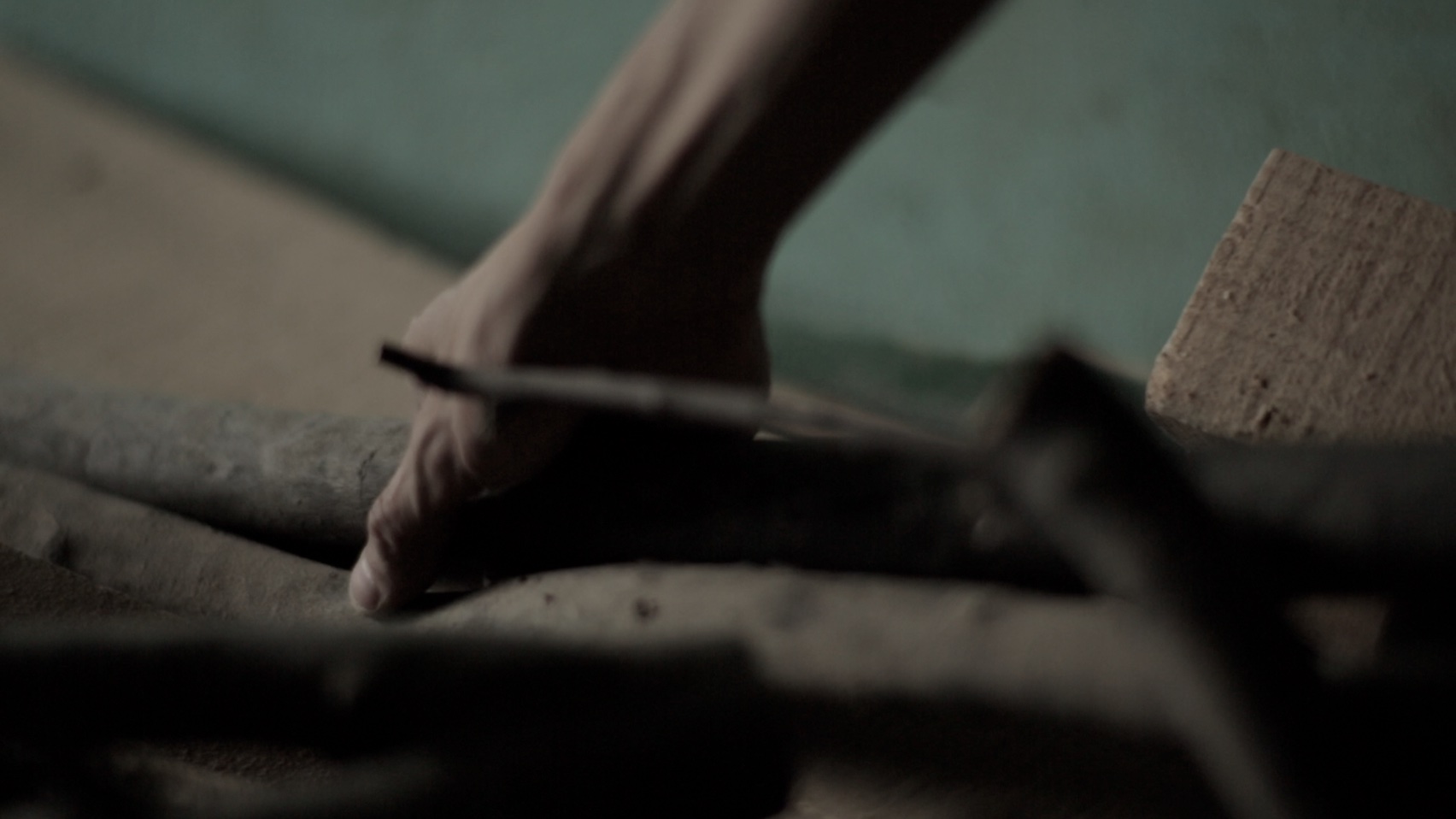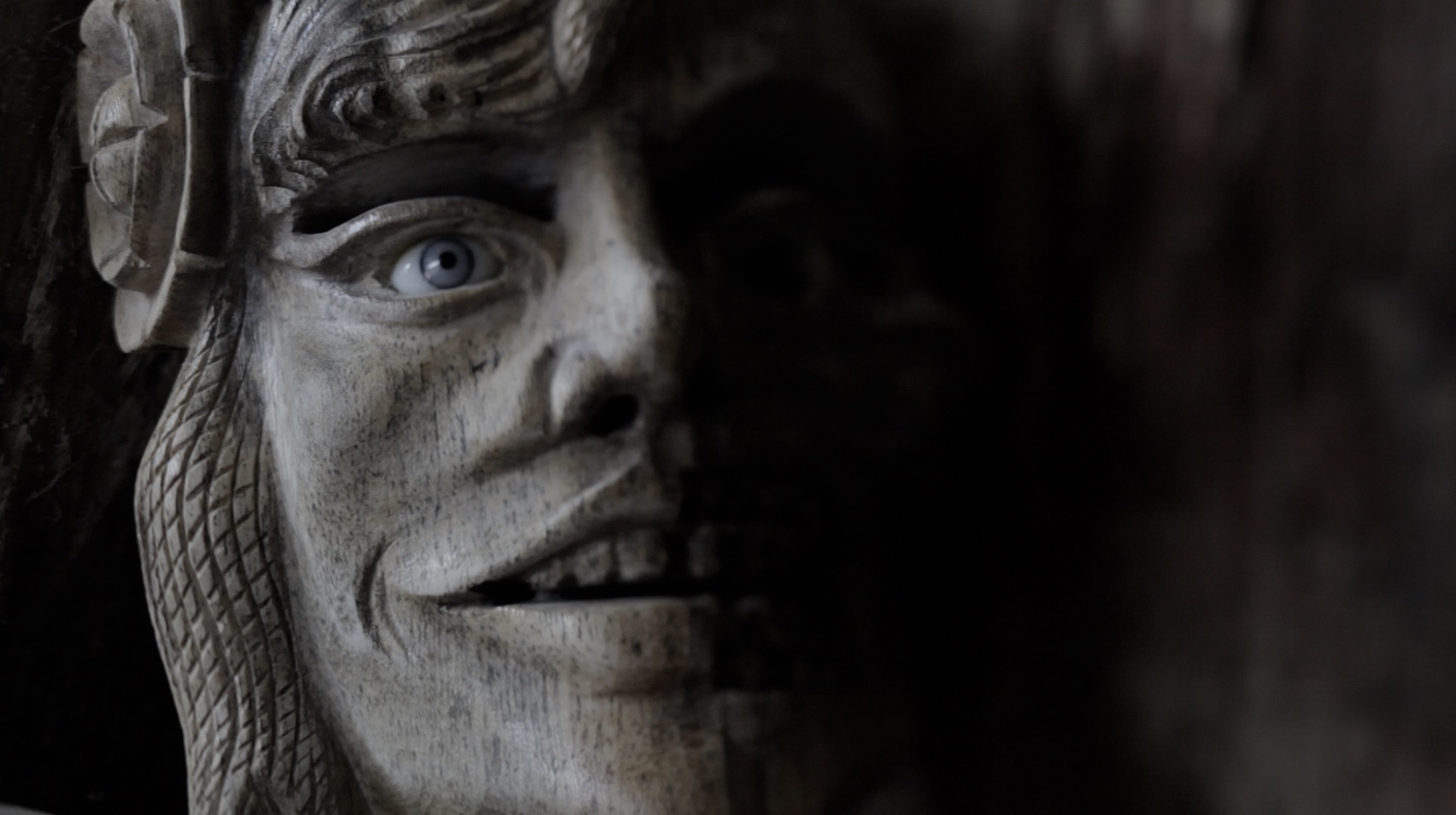Woodcarving is one of the oldest and most symbolic expressions of Mexican folk art. In Tlaxcala, this craft not only represents a form of subsistence, but also an act of cultural identity and resistance. Each piece is a silent narrative that interweaves pre-Hispanic symbols, family memories, and ancestral knowledge passed down from generation to generation.
Ancestral Roots: Woodcarving as a Cultural Expression
Since pre-Hispanic times, Mesoamerican people used wood to make ritual masks, musical instruments, staffs of power, and figures of deities. In Tlaxcala, a region with a strong Indigenous identity, woodcarving evolved as an integral part of community life. More than decorative objects, the carved pieces had symbolic, ceremonial, or social uses, and served to reinforce collective values, worldviews, and local power structures.
“Traditional popular culture is the symbolic system of the majority of Mexicans and a fundamental resource for cultural resistance” – Guillermo Bonfil Batalla, (Bonfil, 1990, p. 72).
In this sense, woodcarving is more than a craft: it is a vehicle for transmitting meanings deeply rooted in collective history.
During the colonial era, this knowledge merged with elements of European sacred art, giving rise to new forms: altarpieces, religious sculptures, carved church furniture, and household utensils. This mestizo heritage is still evident in many contemporary works by Tlaxcalan artisans.

An art that is inherited and transformed
One of the great examples of the living art of woodcarving in Tlaxcala is Don José Luis Vásquez Sánchez, originally from San Esteban Tizatlan. Unlike traditional models in which the craft is passed down from father to son, Don José Luis learned woodcarving from his brother, thus beginning a new branch of artists in his family. This detail is not insignificant, as it reflects how local knowledge can survive even when hereditary chains are broken: when one family stops carving, another person can take up the tradition and, with their own stamp, keep it alive.
“I’m the first generation, and now, with my son and a nephew, I’m the second. My older brother, José Felipe Vázquez Sánchez, was the one who started this. He took a personal interest in the trade and later passed it on to me because he couldn’t keep up with fulfilling orders.” – José Luis Vásquez Sánchez.
Don Jose Luis doesn’t call himself an artist. For him, his identity is anchored in a simpler, but equally powerful, word: artisan. At 51, he has dedicated more than three decades to woodcarving, a craft he masters with the skill of someone who deeply understands his tools and raw materials. From his workshop in San Esteban Tizatlan, Tlaxcala, he transforms wood into pieces that combine craft, beauty, and heritage.
The workshop, roofed with tin, is a modest but vibrant space. A workbench occupies the center, surrounded by chisels, knives, mallets, chisels, and a rotary axis machine. There, accompanied by romantic music from the 1970s and 1980s, Don Jose Luis immerses himself in creation. Music is his ally, wood his companion, and his tools are extensions of his hands.
On the ground floor of his house, a small space is used to display and sell his finished works. From letter openers and pen holders to teponaztlis, huehuetls, carved chess pieces, and carnival masks, each piece bears the imprint of his imagination and skill. The quality of his work has been such that he no longer needs to attend exhibitions or craft fairs: now, clients come directly to his home, attracted by the reputation he has built over the years.
Wood as an ally, inspiration, and legacy
For Don Jose Luis, wood is not just a material; it is an ally, an inexhaustible source of inspiration. He explains that everything begins with a sketch on paper, which he follows precisely, although if the client gives him creative freedom, he transforms it into something more detailed and expressive.
“We transform wood into art. Whatever the client requests, as long as it’s wood, we make it.” – José Luis Vázquez Sánchez.
His relationship with wood goes beyond the workshop: he himself collects some of the raw materials in the community’s hills. He primarily uses tlaxixtle, a noble, wild wood that requires neither fertilization nor irrigation, but grows extremely slowly. It takes between 40 and 45 years for a pole to reach the proper thickness for carving—two and a half inches—to be carved. This time is a testament to patience and respect for nature.
In addition to tlaxixtle, he uses cedar, mahogany, ayacahuite, tejocote, tepozan, and sabino. The carnival masks, for example, are made from colorin wood, which, once dehydrated, becomes light and comfortable so dancers can carry them without difficulty. Each species has a function and symbolism. The wood is not chosen for its availability, but for its history and purpose within the piece.

One workshop, one mission
His production is vast. He estimates he’s created more than 500 designs, from the simplest—like a letter opener—to carved furniture pieces such as entire dining rooms. But beyond the number or the technique, what motivates Don José Luis is the possibility of leaving his mark. He aspires to be remembered not only as a skilled carver, but as someone who rescued a tradition that is slowly being lost.
“Twenty or 25 years ago, there were about 30 of us dedicated to this; now there are only about seven of us left,” says José Luis Vázquez Sánchez.
Don José Luis has been recognized at the state and national levels, with awards such as the 2014 Tizatlan State Wood Carving Crafts Competition and the FONART National Handicrafts Award. His creations include staffs of command, chess sets, carnival masks, religious sculptures, pen holders, letter openers, staves, and even teponaztli, all crafted with a sensibility that combines tradition and originality.

Living Material: Artisanal Process and Woods with Memory
A carver’s work begins long before he puts the tool to the wood. It requires careful selection of the material, considering its hardness, texture, resistance, and symbolism. In Tlaxcala, woods such as ocote, sabino, palo duro, cedar, and tlaxixtle are used, the latter highly valued since ancient times for its role in the economic development of the region.
The technique involves several steps: drawing, roughing, sculpting, polishing, and, in some cases, decoration. The tools are handcrafted, and the process can take hours or days, depending on the piece. This dedication translates into works that have not only aesthetic value, but also historical and spiritual value.
“Traditional objects concentrate in themselves forms of knowledge that are not always explicit, but that guide practices and relationships” – Alfredo López Austin (López Austin, 1991, p. 38).

Preserving Knowledge, Carving the Future
Today, globalization and the abandonment of the countryside have put many local knowledge sources at risk. Woodcarving faces the challenge of remaining relevant in the face of mass-produced objects. However, the story of Don José Luis demonstrates that it is possible to resist: his workshop, located at 12 Arqueologia Street in San Esteban Tizatlan, has become a reference point for those who value traditional art and want to keep it alive.
Preserving this knowledge not only involves teaching woodcarving but also understanding its cultural value.
“…the intergenerational transmission of intangible heritage requires favorable social contexts, community recognition and political will to ensure its continuity” (Arizpe, 2006, p. 14).
Tlaxcala woodcarving is more than a technique: it’s a way of narrating the world with one’s hands. In every blow, in every shape that emerges from the trunk, there is a story that deserves to be heard and shared.
References
- Arizpe, Lourdes. (2006). Intangible Cultural Heritage and Its Management. UNESCO Mexico.
- Bonfil Batalla, Guillermo. (1990). Deep Mexico: A Denied Civilization. Grijalbo.
- López Austin, Alfredo. (1991). The Myths of the Opossum: Paths of Mesoamerican Mythology. UNAM.
Artetiza
José Luis Vazquez Sánchez
Archaeology No. 12 San Estebán Tizatlán. Tlaxcala, Tlaxcala.
Facebook: @Artetiza
Instagram: @artetiza25


